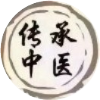
The liver is a very important organ in our body for detoxification. When people frequently experience anger and depression, it can harm the liver. This leads to a condition known as gan yu qi zhi (肝郁气滞), which is a term used in Traditional Chinese Medicine (TCM). Today, we will explore what liver qi stagnation is and what symptoms it presents.
Liver qi stagnation primarily refers to the abnormal function of the liver’s ability to regulate and disperse qi, leading to a state of qi stagnation due to delayed release.
In TCM, it is said: “The liver is a strong organ that prefers smoothness and dislikes depression; in terms of emotions, it is associated with anger.” This expresses that the liver is a strong and impulsive organ that thrives on calm and gentle emotions, and does not favor anger or depression.
How to determine if you have liver qi stagnation

In TCM, it is said that all diseases arise from qi. Therefore, only by resolving the issue of liver qi stagnation can women reduce their illnesses or even avoid them altogether.
1. Causes of Liver Qi Stagnation
The following are the main causes of liver qi stagnation:
Family disharmony: Frequent arguments between spouses or tense relationships with in-laws can lead to liver qi not being smooth.
Social pressure: For example, older unmarried women often face pressure from parents, relatives, and colleagues regarding marriage, compounded by negative societal views on their situation, leading to significant stress and liver qi stagnation.
Work pressure: In modern workplaces, there is no gender preference; women face unprecedented pressure, especially white-collar women who are pulled between family and career, leading to widespread liver qi stagnation.
Poor self-regulation: Many women struggle to cope with issues, tend to dwell on negative aspects of life and work, and do not know how to self-soothe, which often results in liver qi stagnation.

2. Manifestations of Liver Qi Stagnation
One manifestation is qi stagnation, which means that qi is trapped within the body, leading to feelings of depression and oppression, commonly described as feeling “stifled” or “angry inside.” This is a typical sign of liver qi stagnation. If liver qi stagnation persists, it can generate heat, leading to excessive liver fire and irritability. Some individuals may sigh frequently, feel unhappy, and risk developing serious illnesses due to self-neglect; others may become impulsive and easily angered, causing distress to themselves and others.
Many women report that they are aware of their poor health and wish to take blood-nourishing supplements, but they often develop mouth ulcers or have trouble sleeping after taking them. Some believe this is due to “deficiency not accepting nourishment,” but in fact, these issues are mostly caused by liver fire; if liver fire is blocking the way, how can nourishment be absorbed?
The dangers of liver qi stagnation are significant and beyond imagination; it can lead to blood stasis, weak temper, dampness accumulation, and even yin deficiency with yang excess… In short, the “crimes” of liver qi stagnation are numerous.
Today, many people suffer from liver qi stagnation, especially women who juggle family responsibilities and careers, raising and educating children while also caring for elderly parents, making it difficult to avoid liver qi stagnation.
How to determine if you have liver qi stagnation

Diagnosis must be based on evidence, and self-diagnosis is no different. The most critical evidence for liver qi stagnation can be found on the tongue. Generally, a normal tongue is oval-shaped, while a person with liver qi stagnation has a pointed tongue, often with a red tip and edges—this is a key clue for liver qi stagnation.
Of course, to confirm liver qi stagnation, you will need the following “evidence”:
Bitter mouth: Many women feel a bitter taste in their mouth, especially in the morning.
Dry throat: Feeling dryness in the mouth and throat, as if there is no saliva, although some may still see saliva on their tongue.
Feeling of obstruction in the throat: A sensation of something stuck in the throat, like a hawthorn seed, which cannot be coughed up or swallowed, known as “mei he qi” (梅核气).
Dizziness: Some women frequently experience dizziness, either all day or in sudden episodes, and some may also have headaches.
Poor appetite: “Liver wood counteracts spleen earth,” so liver qi stagnation can lead to various spleen and stomach issues, such as lack of appetite, bloating, and stomach pain.
Body temperature fluctuations: Feeling hot when dressed and cold when undressed, feeling hot in a warm room but cold outside.
Irritability: Individuals with liver qi stagnation often feel irritable and easily angered, and may also harbor resentment.
Frequent nausea: Due to “liver wood counteracting spleen earth,” leading to upward stomach qi, causing belching, acid reflux, or even vomiting.
Chest tightness: Feeling tightness in the chest, even diagnosed with heart issues. In fact, individuals with heart problems should first address liver qi stagnation if their tongue is pointed, as this can help resolve heart issues.
Rib pain: A persistent feeling of pain or discomfort in the ribs.
Insomnia and vivid dreams: Insomnia can primarily stem from two causes: blood deficiency or liver qi stagnation. Vivid dreams are also a manifestation of liver qi stagnation; such individuals often dream continuously upon falling asleep.
Low mood: Sighing, feeling melancholic, and being overly sensitive.
Cold hands and feet: Many know that cold extremities can be due to yang deficiency, blood deficiency, or blood stasis, but few realize that liver qi stagnation can also cause cold hands and feet. If cold extremities are present along with the aforementioned symptoms, consider the possibility of liver qi stagnation.
The above are the criteria for diagnosing liver qi stagnation. If at least one or two symptoms match, and the tongue is pointed, it can generally be concluded that liver qi stagnation is present. In fact, even without looking at these symptoms, women can be aware of their own emotional state, any distressing events, feelings of anger, and work-related stress… These are things that individuals know best, so the true diagnostic standard for liver qi stagnation lies within oneself.
Long press the QR code to learn TCM for free
to learn TCM for free
Four Chinese patent medicines to improve liver qi stagnation
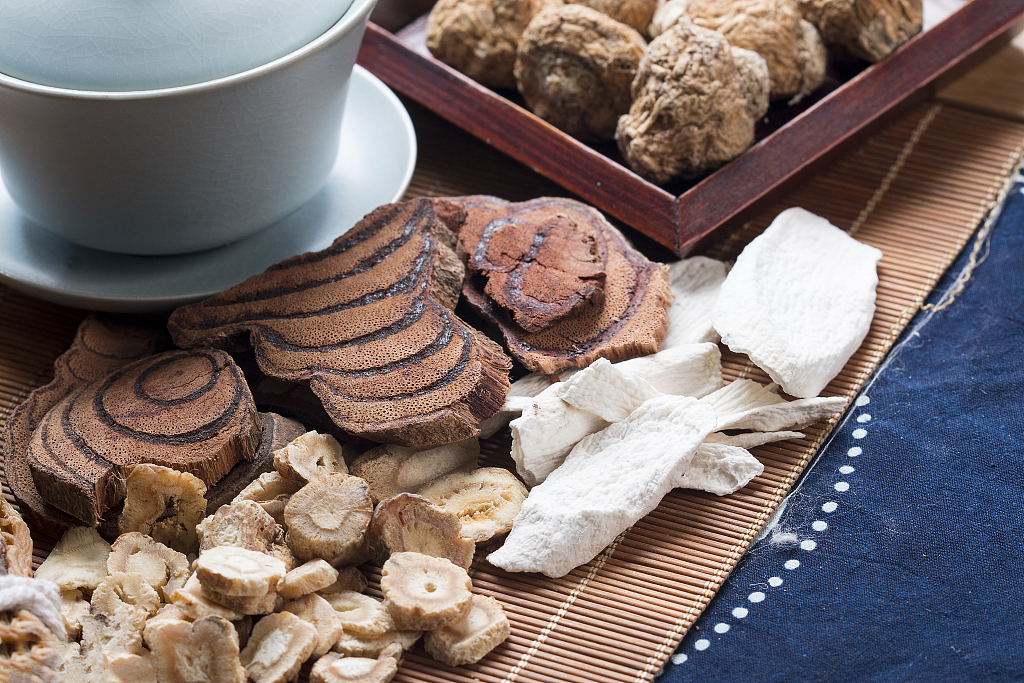
Women with liver qi stagnation should undergo TCM diagnosis and take herbal medicine for adjustment. Here are some recommended Chinese patent medicines.
1. Xiao Yao Wan (逍遥丸)
The main ingredients are Chai Hu (柴胡), Bai Shao (白芍), Bo He (薄荷), Dang Gui (当归), Chao Bai Zhu (炒白术), Zhi Gan Cao (炙甘草), Fu Ling (茯苓), and Sheng Jiang (生姜). Among these, Chai Hu and Bo He have qi-regulating effects, while Dang Gui and Bai Shao nourish blood and regulate menstruation.
This patent medicine has the effects of soothing the liver, strengthening the spleen, and alleviating menstrual pain, and can treat breast swelling, lack of appetite, discomfort, and menstrual irregularities caused by liver qi stagnation and spleen deficiency in women.
2. Shu Gan Wan (舒肝丸)
This patent medicine is very effective for treating liver qi stagnation, with main ingredients including Yan Hu Suo (延胡索), Chuan Lian Zi (川楝子), Pian Jiang Huang (片姜黄), Chen Xiang (沉香), Mu Xiang (木香), Sha Ren (砂仁), Zhi Qiao (枳壳), Dou Kou Ren (豆蔻仁), Bai Shao (白芍), Fu Ling (茯苓), Huang Po (厚朴), Chen Pi (陈皮), and Zhu Sha (朱砂).
Main effects: Soothing the liver and stomach, regulating qi, and relieving pain. It can alleviate stomach pain, chest tightness, and belching caused by liver qi stagnation.

3. Chai Hu Shu Gan Wan (柴胡疏肝丸)
The main ingredients include Xiang Fu (香附), Chai Hu (柴胡), Zhi Qiao (枳壳, roasted), Chuan Xiong (川芎), Bai Shao (芍药), Chen Pi (陈皮, vinegar roasted), and Zhi Gan Cao (炙甘草). This medicine has the effects of soothing the liver, regulating qi, and invigorating blood, suitable for patients with liver qi stagnation who experience chest and rib pain, irritability, and restlessness.
4. Dan Zhi Xiao Yao Wan (丹栀逍遥丸)
This patent medicine is based on Xiao Yao Wan with the addition of Mu Dan Pi (牡丹皮) and Zhi Zi (栀子) to clear liver fire, with effects of clearing heat, regulating menstruation, soothing the liver, and relieving depression. It is suitable for women with liver qi stagnation transforming into fire, experiencing irritability, chest and rib pain, dry mouth, facial redness, lack of appetite, tidal fever, early menstruation, menstrual irregularities, and breast swelling.
In addition to using medication for treatment, dietary adjustments are also a good choice. When cooking, consider adding some medicinal herbs that help regulate liver qi, such as Dang Shen (党参), Shan Zha (山楂), Da Zao (大枣), Fo Shou (佛手), Huang Qi (黄芪), and Gou Qi Zi (枸杞).
Additionally, vegetables and fruits like celery, bananas, radishes, and citrus can help clear liver fire and cool the blood, and should be consumed regularly.
Gua Sha and Moxibustion for Regulating Liver Qi Stagnation
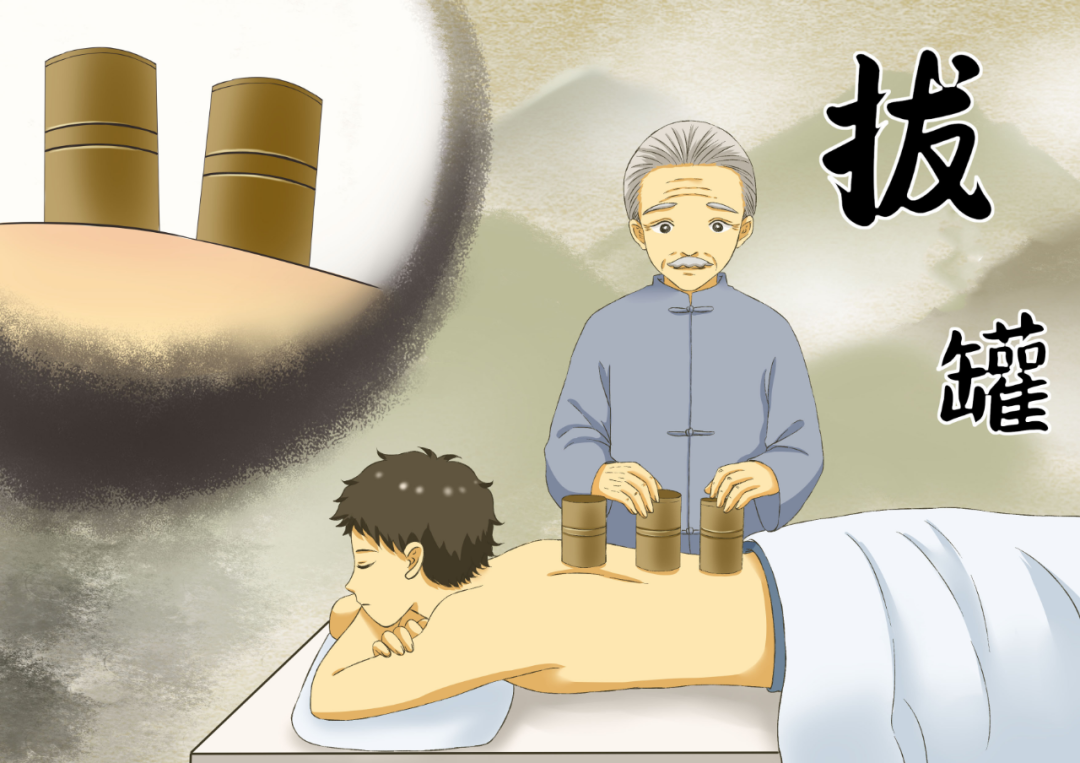
To regulate liver qi stagnation, moxibustion combined with gua sha is very effective. The specific acupoints for moxibustion and gua sha are as follows:
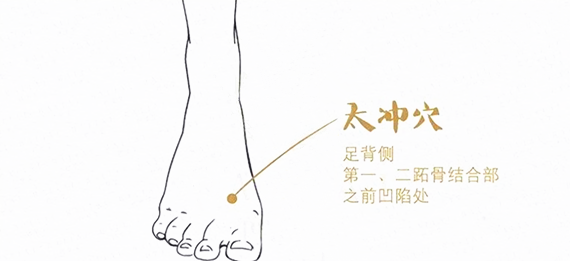
1. Tai Chong (太冲穴)
This acupoint is located on the liver meridian on the dorsum of the foot, in the depression between the first and second metatarsal bones. Performing gua sha followed by moxibustion at this point can help regulate qi, soothe the liver, invigorate blood, and promote smooth circulation of qi and blood.
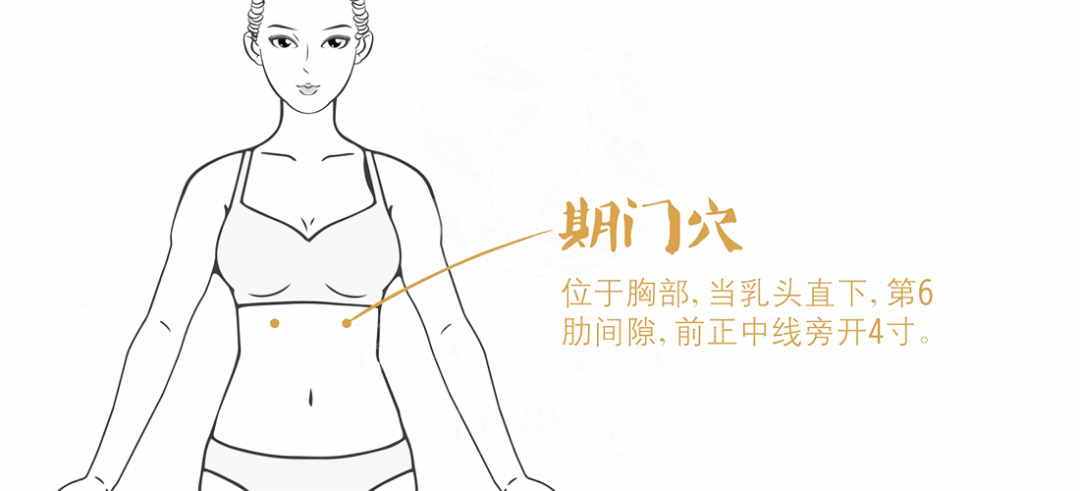
2. Qi Men (期门穴)
This acupoint is the front mu point of the liver, located in the sixth intercostal space, four inches lateral to the midline (directly below the nipple). Moxibustion at this point can help soothe the liver, strengthen the spleen, and regulate qi and invigorate blood. It can also be combined with Gan Shu (肝俞) and Ge Shu (膈俞) for gua sha, which helps soothe the liver, invigorate blood, and resolve stasis, primarily treating chest and rib pain. Rubbing the sides of the ribs with both hands can also help soothe the liver and relieve depression.
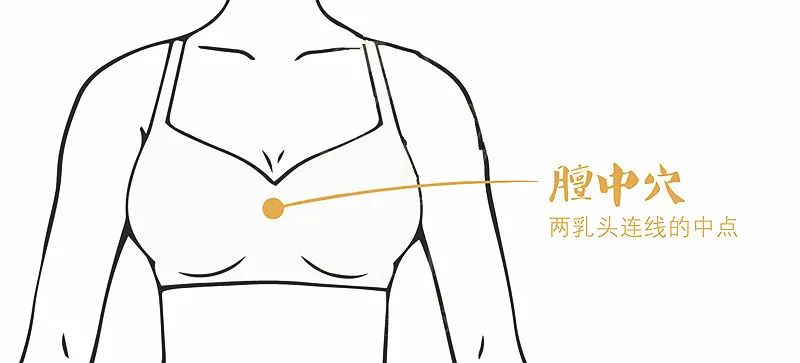
3. Shan Zhong (膻中穴)
This point is located in the center of the chest at the fourth intercostal space (between the nipples). Performing gua sha at this point can invigorate blood circulation, open the chest, regulate qi, and relieve cough and asthma. Even massaging this point can yield good results, alleviating symptoms such as chest tightness, cough, and vomiting. If gua sha is performed at these acupoints, and there is no significant discomfort, leave the cups on for 5-10 minutes.
Generally, a course of treatment consists of 10 sessions, with gua sha performed every 5 days, and moxibustion can be done every other day. The color of the cupping marks reflects individual constitution and health status:
Dark purple marks indicate blood stasis;
Dark red marks indicate heat and more severe conditions;
Pale and slightly swollen marks with moisture on the cup indicate spleen yang deficiency leading to water retention;
Marks with clear patterns and enlarged pores indicate wind and dampness.
During gua sha, one may feel local tightness, coolness, or swelling; if there is no significant discomfort, the cupping marks will naturally fade within 3 to 5 days without special treatment.
Welcome to join the TCM health community
